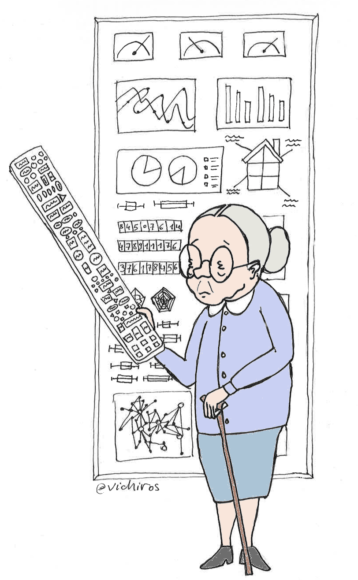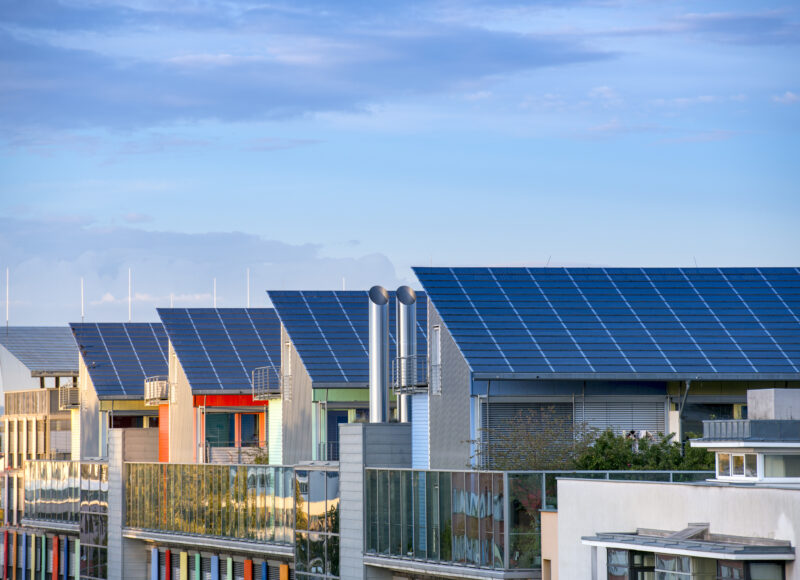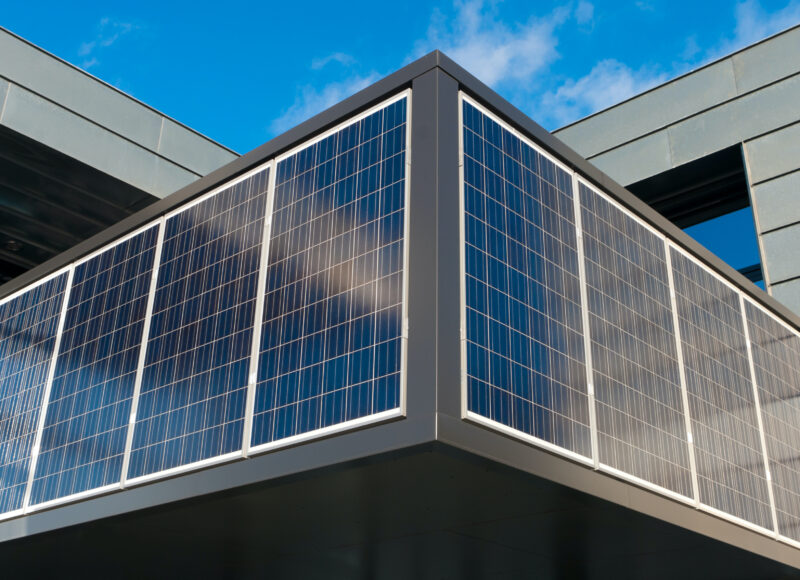10 June 2020
Energy efficiency, uses and comfort
"Technologies do not stop people from taking action" says Christophe Beslay. User practices have a considerable impact on the energy consumption of a home and are a source of uncertainty which reduces the reliability of forecasts. According to the author of "Pratiques sociales et modes d’habiter", to guarantee both user comfort and energy efficiency, the challenge is to find solutions that feature responses to the needs for comfort and usability, best consumption practices and economical technical solutions.
On the same subject
Scientific publication
Buildings can be designed and operated to radically improve their energy efficiency and reduce their environmental impact.
Learn more






